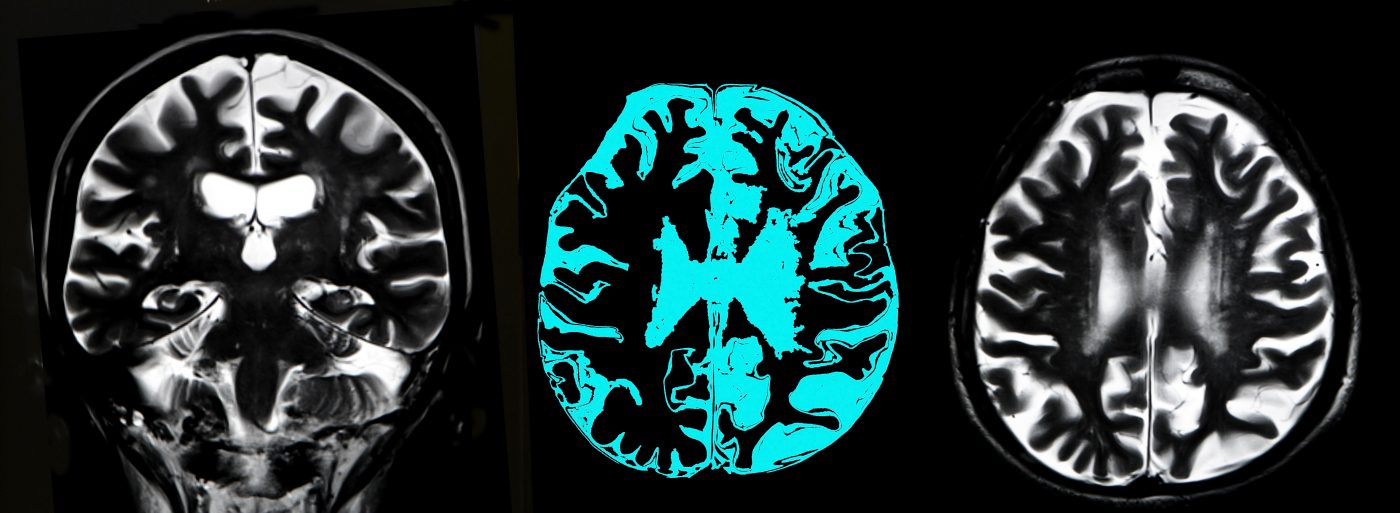Neurodegeneration in Huntington’s Linked to Protein Complex Crucial for Developing Brain

Researchers at Icahn School of Medicine at Mount Sinai in New York have discovered that a protein complex crucial for normal brain development might also be necessary in the adult brain — silencing genes that drive neurodegeneration in Huntington’s disease.
The study, “Polycomb repressive complex 2 (PRC2) silences genes responsible for neurodegeneration,” published recently in the journal Nature Neuroscience, provides new insights into the mechanisms of neurodegeneration based on the activity of our own genes.
The protein complex, known as PRCT2 (Polycomb Repressive Complex 2), has been studied by researchers interested in how the brain develops. These earlier studies showed that the factor is necessary for a type of nerve cell, called medium spiny neurons, to form properly in a brain region controlling voluntary movement.
PRCT2 is a part of the epigenetic machinery working to switch on or off genes by tagging them with molecular labels. Once the medium spiny neurons have developed, researchers know that they need another set of signals telling them to not change their appearance or function any further, to make sure they work throughout life to optimize movement.
Mount Sinai researchers were interested in whether PRCT2 was also involved in the maintenance of nerve cell identity. But removing the factor completely from mice caused them to die. So they removed PRCT2 only from neurons in the animals’ forebrain.
Lack of PRCT2 turned on genes that were supposed to be off, and turned off those that were needed for medium spiny neurons to do their work. This finding, the researchers said, proved that PRCT2 is needed throughout an animal’s life for neurons to maintain their identity.
“Normal brain function critically depends on the interaction between highly specialized nerve cells that are specified during early stages of nerve cell development and which remain in place in the adult brain,” Anne Schaefer, PhD, the study’s first author and an associate professor of Neuroscience at the Icahn School, said in a news release .
When the team took a closer look at the genes affected by the lack of the factor, they noted that many of the wrongly activated genes were involved in processes telling neurons to self-destruct and, as such, promoted neurodegeneration. Further investigation also showed the mice had brain tissue loss in the striatum, the brain region that houses the medium spiny neurons. Mice lacking PRCT2 also had overall smaller brains than normal mice. Taken together, these findings indicate PRCT2 might be defective in people with neurodegeneration.
A more specific link to neurodegeneration in Huntington’s disease also appeared: researchers discovered that as the mice aged, they developed symptoms similar to those seen in Huntington’s patients.
“One of the remarkable features of the genes controlled by PRC2 is their ability, once activated, to reinforce their own expression,” Schaefer said. “We propose that the PRC2 target genes we identified form collectively into a kind of molecular clock, where the temporal scale of gene activation and subsequent neuron dedifferentiation defines the timing of neuron degeneration.”






